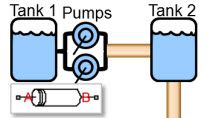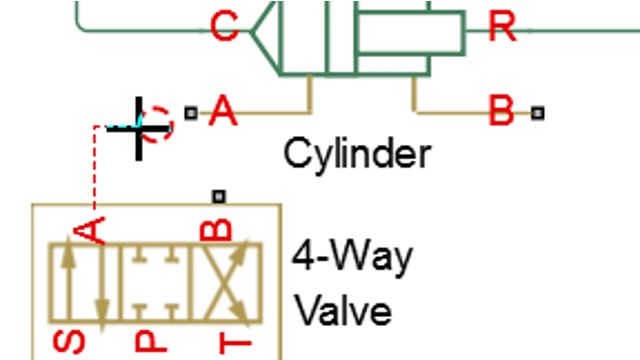Techno-Economic Analysis of a Solar-Powered Green Hydrogen Production System
Learn how to model a solar-powered DC microgrid with a green hydrogen production system, run simulations, and analyze the economic performance of the system at 242 different locations with MATLAB®, Simulink®, and Simscape™.
Watch how you can:
- Perform system analysis on a physical model of a localized DC microgrid with a battery-based energy storage system, electrolyzer loads, and a solar array as the energy generation unit.
- Make modifications at a component level, such as battery sizing and solar cell parameters, and try out different scenarios by running multiple simulations.
- Vary the simulation time scale ranging from days to years.
- Obtain key operational metrics such as the amount of power generated, consumed, and stored; the amount of water consumed; and the amount of hydrogen generated.
- Import real-world solar irradiance data (9760 TMY3 from NREL) with 242 locations in the data set and electricity price data to analyze grid cost and solar resources at each location.
- Speed up simulations for the techno-economic analysis by using quasi-steady state simulations, reduced-order modeling, and parallel simulations.
- Identify locations with the highest and lowest grid costs as well as the highest and lowest solar resources.
Tadele Shiferaw is an application engineer at MathWorks Benelux, based in Eindhoven. He coordinates the engagement on power electronics design and control with customers from multiple industries within the Benelux area. His technical focus areas include physical modeling of systems, controller design, systems engineering, and hardware-in-the loop simulations. Tadele completed a graduate study in control systems and a PhD on controller design for safe robotic manipulation at University of Twente in the Netherlands.
Published: 16 Sep 2022





